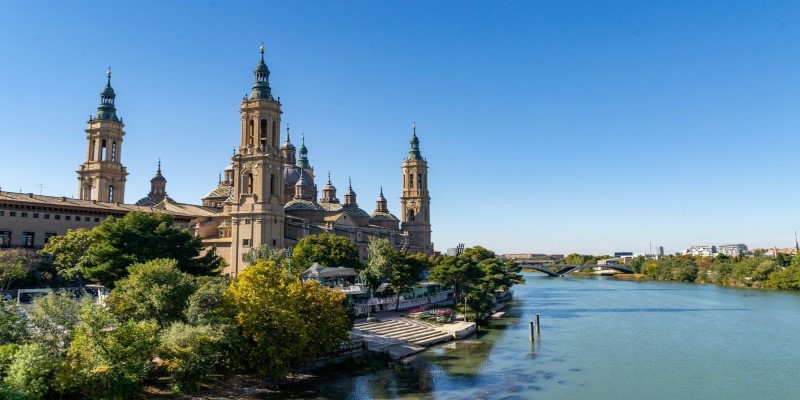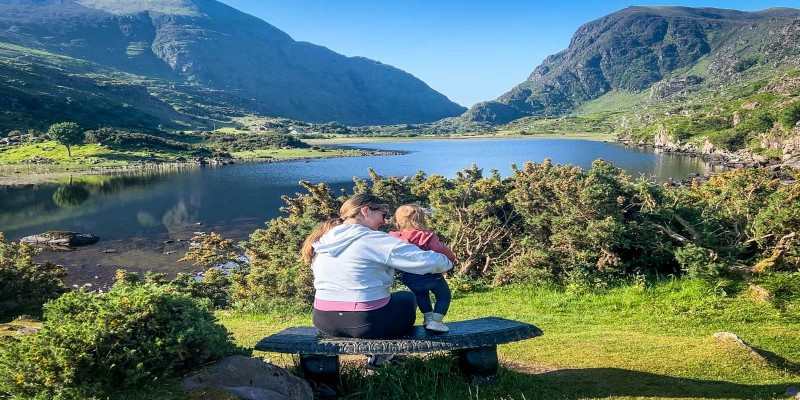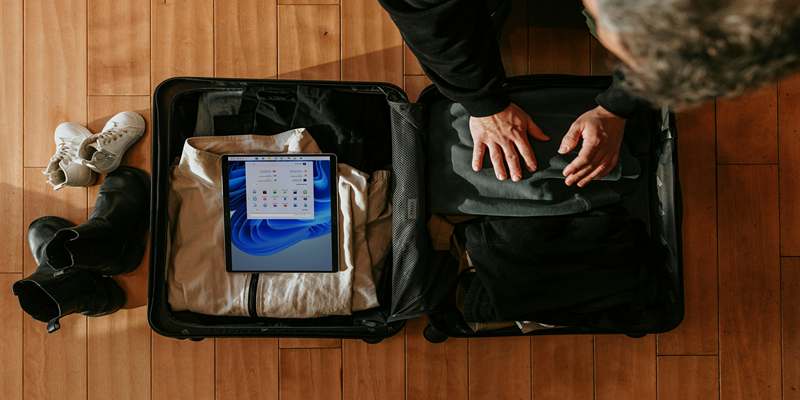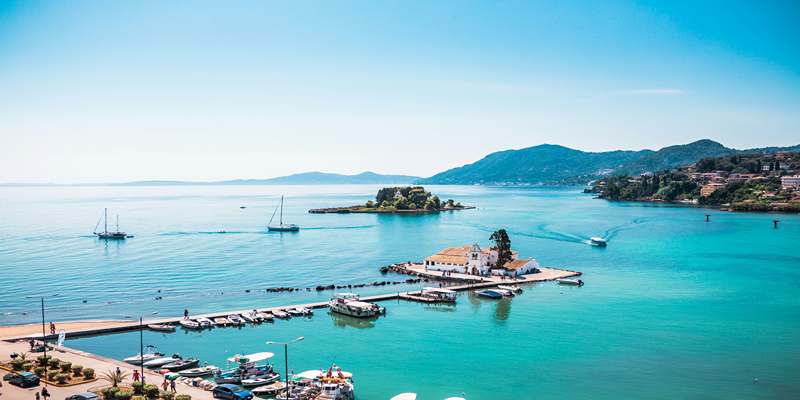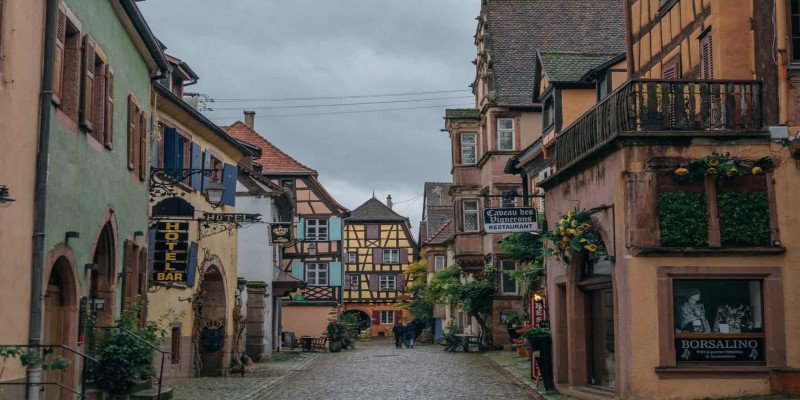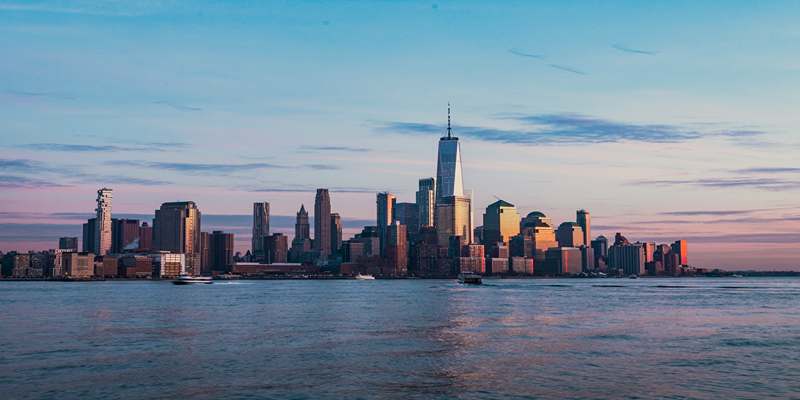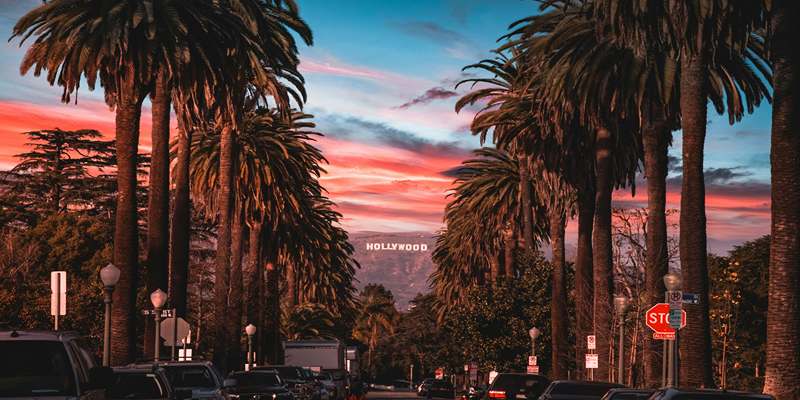Zaragoza doesn’t always make the first cut on typical Spain itineraries, but it should. Sitting between Madrid and Barcelona, this Aragonese city holds a calm confidence. It doesn’t try to outshine the bigger names—it simply invites you in. Whether you’re walking under the watchful eyes of centuries-old domes or having a quiet moment by the Ebro River, Zaragoza offers its own kind of welcome. It’s not loud, it’s not flashy, but it stays with you.
Arriving and Getting Around
Getting to Zaragoza is straightforward. If you're coming from Madrid or Barcelona, the AVE high-speed train gets you there in about 90 minutes. The station is just outside the city center, but buses and taxis are available to take you anywhere you need. Once you’ve arrived, the city is easy to explore.
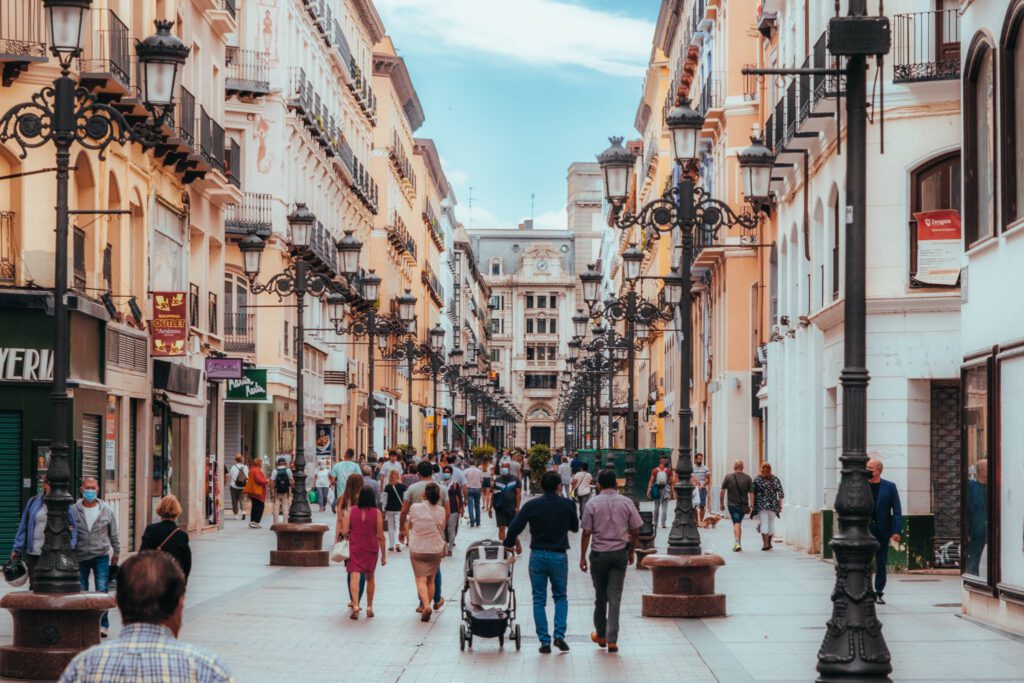
Most of the central area can be covered on foot. Streets are wide and walkable, and there's something rewarding about moving slowly here. If you need to go further out, the tram line is clean and efficient, with helpful signage. Tickets can be bought at machines near the stops, and they’re valid for transfers between buses and trams.
If you're staying for more than a day, consider getting a rechargeable travel card. You won't save a huge amount of money, but it'll save time. And if you're planning to explore the outskirts of small villages nearby, renting a car for a day could be a good option—but only if you're comfortable with narrow lanes and roundabouts that appear out of nowhere.
Places You’ll Want to See
The heart of Zaragoza lies in the Plaza del Pilar. It's spacious, open, and edged by two of the city's most iconic buildings—Basilica del Pilar and La Seo Cathedral. Walk into either, and you'll find domes, murals, and silence that hold its shape. The Basilica, in particular, feels grand without being cold. Its pillars rise up like trees, and the space manages to feel sacred without asking anything from you.
A short walk away is the Aljafería Palace. This isn’t a crumbling ruin or overly polished museum piece. It’s a fortress that’s been lived in—first by Islamic kings, then Christian monarchs, and now occasionally by politicians. The arches are delicate, the courtyards quiet, and there’s enough detail to keep your eyes busy for hours.
If you like your history with a side of calm, head to the Roman Theater Museum. It's underground and often quiet. The exhibits are clear and easy to follow, and the actual ruins give you a sense of how deep the city’s layers go. Zaragoza isn’t interested in showing off, but its past is always right under your feet.
Where to Eat Without Overthinking It
There’s no shortage of food in Zaragoza, but you don’t have to plan everything. Some of the best meals come from choosing a small place with locals already inside. That said, the El Tubo neighborhood is known for tapas. Walk through its narrow lanes and pick a place that smells good—simple as that. You’ll find dishes with jamón, grilled vegetables, eggplant with honey, or croquettes that actually taste like something.
If you’re in the mood for something quieter, there are cafés near the Ebro River that serve light dishes and coffee. You can sit and watch people walk by or stare at the bridges without any rush. No one hurries you, which is part of the charm. Vegetarians won't struggle here, but choices might not be marked clearly. Ask before ordering, and most places will make it work. Markets like Mercado Central also offer fresh fruit, cheeses, and baked goods if you want to put together your own meal.
Things That Aren’t in Most Travel Lists (But Should Be)
Zaragoza has a quiet side that takes a bit more walking—or curiosity. If you’re up for it, head to the Expo 2008 area. It’s not as lively as it once was, but the bridges and buildings along the river are worth the walk. The area feels open and strange in a way that makes you pause. Look out for the Bridge Pavilion and the Water Tower—they’re both striking and oddly peaceful in their emptiness. Nearby parks like Parque del Agua add a bit of green space where locals jog or walk dogs. It’s a good place to rest without stepping too far from the city’s rhythm.
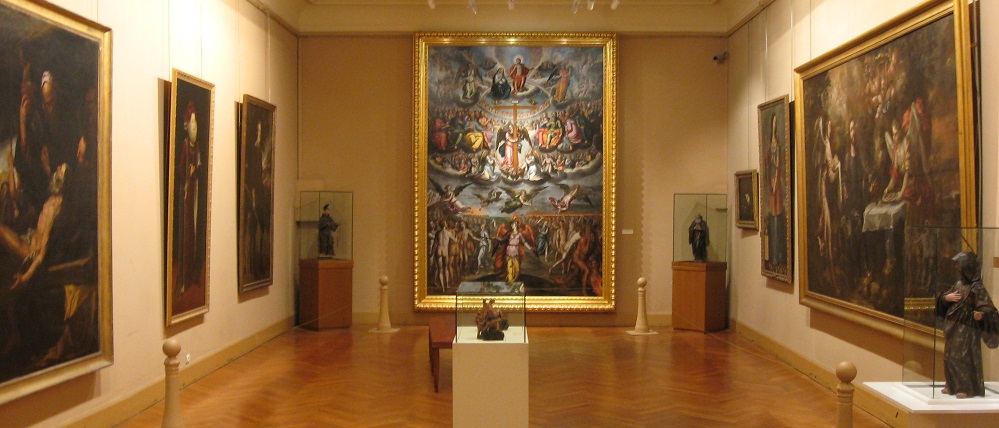
The Goya Museum is another stop that surprises people. Francisco Goya was born just outside the city, and this museum does a solid job of showing both his early sketches and darker later work. It’s not overwhelming, and that’s a strength. You get just enough to understand the shift in his view of the world.
For quiet evenings, look for open-air concerts or street performers around Plaza San Felipe. The area isn’t loud, but it’s full of life. You might hear a violin or spot someone sketching in a notebook. It feels lived-in, not staged. And if you’re up early, go for a walk by the Ebro just after sunrise. There’s a cool stillness in the air, and the reflection of the Basilica in the water makes the whole scene feel unplanned and perfect. You don’t need a photo—you’ll remember it.
Conclusion
Zaragoza’s quiet confidence stays with you long after you’ve left its streets. From the soaring domes of the Basilica del Pilar to the hidden calm of the Roman Theater, the city unfolds at a relaxed pace. You’ll find beauty in simple moments—watching the light shift on the Ebro River, wandering sunlit courtyards at the Aljafería, or choosing tapas in narrow El Tubo alleys where locals linger over each bite. Each corner hints at layers of history without ever demanding your awe. This is a place that welcomes you without fanfare.

